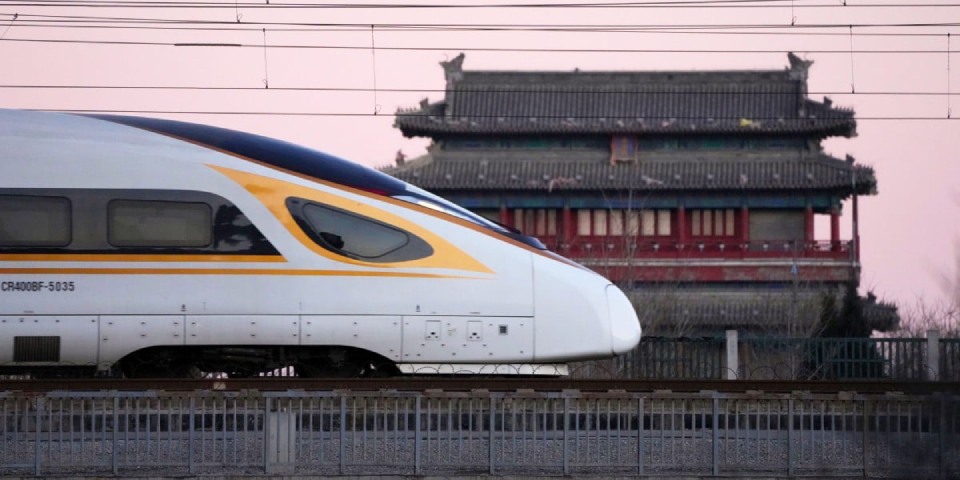The railway network in China is growing and involves connecting all cities with a population of over 500 thousand people with high-speed railway lines.
The speed of rolling stock is also increasing, making the human factor the weakest link.
The data management protocol for the implementation of AI algorithms on the railway in China was introduced by the operator of the national railway network, the Chinese state-owned company China State Railway Group, in 2022. Access to data had to be limited and protected from third-party interference and leaks. Control algorithms were tested by people, and only after that they were implemented. Large-scale testing began in 2023. The result was stunning – the railway began to work even better than the new one (immediately after the sections and trains were put into operation).
Sensors are installed on infrastructure facilities, on wheelsets, on cars, to take into account vibrations, acceleration and amplitudes, and this is not to mention conventional signaling automation. The volume of data collected for analysis has reached 200 terabytes, and these are not pictures or videos, but ordinary register states. A person and no matter how large a team would be able to quickly process such a volume of information. All this is data on 45 thousand km of tracks – this is longer than the Earth’s equator. There is not enough manpower to service all this.
The Beijing-based artificial intelligence system processes massive amounts of data from across the country in real time and can alert repair crews to abnormal situations within 40 minutes with 95% accuracy. Recommendations are usually aimed at preventing malfunctions – at preventing potential problems. In this entire stream of data, AI has been taught to find connections between events that are inaccessible to awareness in real time.
Over the past year, none of China’s operating high-speed rail lines have received a single warning to slow down due to major track irregularities, while the number of minor track faults has dropped by 80% compared to the previous year. The algorithms operate so accurately that they even improve the smoothness of travel in conditions of strong winds and on bridges, reducing the amplitude of train fluctuations and reducing the load on tracks and infrastructure. Sounds like fantasy.
Such solutions not only reduce the need for maintenance personnel, but also reduce the financial burden on railway maintenance and, most importantly, increase traffic safety.
Useful links:
-
Artificial Intelligence. Overview
-
Open Artificial Intelligence models
-
Artificial Intelligence. Open Source Solutions
Source:
China puts trust in AI to maintain largest high-speed rail network on Earth


